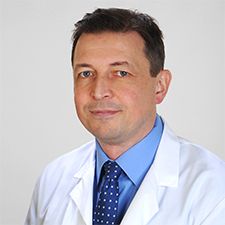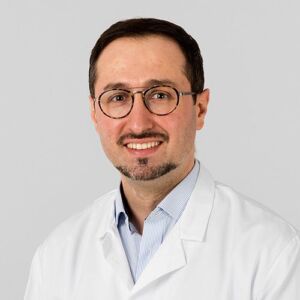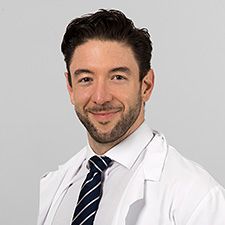Why choose the USZ?
Many years of expertise
Our clinic enjoys an excellent international reputation in diagnostics and is regarded as a leader in the implementation of minimally invasive, image-guided therapies. We have decades of experience in the treatment of diseases of the brain, spinal cord, peripheral nervous system and associated organs – including the eyes, hearing and vestibular organs. Our expertise also extends to the surrounding structures of the head, neck and spine, enabling us to achieve outstanding treatment results in these areas.
The latest treatment methods
In our neuroradiology clinic, we use the most advanced interventional techniques as well as the most modern materials and instruments. Our facility is equipped with the latest imaging techniques, which enable precise diagnosis and treatment. This highest technological and therapeutic level enables us to offer each patient an individually optimized and best possible therapy.
Partner network
In interdisciplinary conferences with experts from ear, nose, throat and facial surgery (ORL) and the neuroradiologist, we develop an individual treatment concept for each case, which we then discuss with our patients. To ensure optimal therapeutic success, our international team of experienced neuroradiological interventionists works closely with experts from other highly specialized clinics as well as with outstanding nursing and rehabilitation specialists before, during and after the procedure.
Procedure
The diagnosis
The initial examination for suspected pulse-synchronous tinnitus is usually carried out by specialists from the Department of Ear, Nose, Throat and Facial Surgery (ORL ). In this first phase, a thorough physical examination is carried out to assess whether the tinnitus is possibly of venous or arterial origin.
The next step is to use specially focused imaging techniques and, if necessary, additional functional catheter angiography may be required to localize the exact source of the tinnitus. For this purpose, we first use magnetic resonance imaging (MRI) and computer tomography (CT). These are used for detailed visualization of the brain vessels and their spatial relationship to bone structures and the ear area. It is also checked whether vascular malformations such as dural arteriovenous fistulas (DAVF) or tumors are present.
The results of these examinations are then presented to our interdisciplinary expert board for pulse-synchronous tinnitus in order to determine the next steps.
In certain cases, it may be that the above-mentioned imaging procedures are not sufficient to confirm the diagnosis, in which case we perform a functional catheter angiography (DSA). Here it is important that you work with the doctor treating you to find the head position where the tinnitus is loudest. During this examination, we can use several techniques to test whether we can suppress and subsequently treat the tinnitus by temporarily blocking the blood vessels or changing the blood flow.
The treatment
As soon as the cause of the pulse-synchronous tinnitus is clear, we will discuss the treatment options with you. It is very important to weigh up the severity of the symptoms and your overall health situation against the risk of treatment.
This is followed by a prompt appointment for endovascular treatment, taking into account the urgency of the treatment and your specific wishes. “Endovascular” means that the treatment takes place within the vessels, e.g. with the help of balloons or stents. The type of endovascular treatment depends on the cause of the tinnitus:
- DAVF are treated minimally invasively at our clinic
- Hypervascular tumors can be treated by surgery, embolization or a combination of both.
- For the other vascular causes of tinnitus, there are various treatment options that are selected individually for each patient.
The hospital stay for the treatment lasts three to four days. You will arrive the morning before the procedure and we will assess the current findings and make the final preparations. We will be happy to answer any final questions. On the day of the procedure, you will be taken from the ward to one of our two operating theaters, where the surgical team will welcome you and perform the procedure.
Aftercare
Immediately after the procedure, you will be examined to make sure that everything went well. You will then be transferred to a specialized monitoring ward, where you will be cared for and monitored until the next day. On the following day, a magnetic resonance examination is performed to assess the results of the operation and rule out complications. Normally you will then return to the normal ward and after a further one or two days you will be able to go home after a specialist consultation. At this last meeting, appointments for check-ups and consultations are also made.
| Hospitalization |
3 – 4 days |



